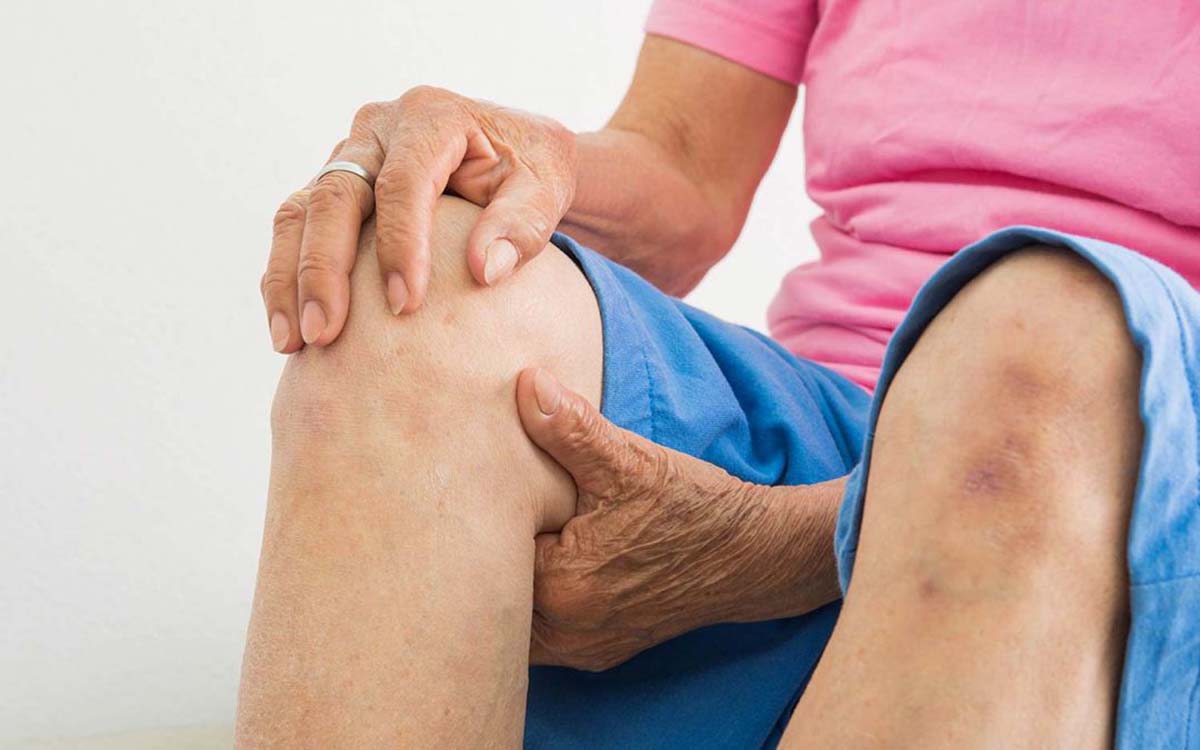Dr Arvind Kohli
On a global perspective 1 out of 5 people in the world suffer from Chronic venous disease(CVD) This can be mainly attributed to occupation, lifestyle changes, some environmental factors, a familial tendency and post-partum.
In India a patient seeks treatment only when it affects his/her quality of life and begins to limit the functioning of the lower limb, thus indicating that CVD remains an iceberg phenomenon in the country. In developed nations, often CVD is additionally a cosmetic concern In a large Indian study distributed in 11 major cities of India, it was found that CVD is more prevalent at the average age of 43 years and it affects women more than men.
Venous disease manifestations encompass spider veins, reticular and varicose veins, stasis dermatitis and pigmentation, lipodermatosclerosis, edema, and Venous ulceration and deep venous thrombosis Its prevalence increases with age, and it can manifest with debilitating symptoms, including leg heaviness, aching, fatigue, edema, and even ulceration Chronic venous disease has a large impact on quality of life and morbidity and health-care costs
Management New technologies have changed the practice of venous surgery. Venous surgery has evolved into an interventional therapy, in part due to the new technologies available.and most recent are being explained
Thermal Ablation
Thermal ablation for superficial truncal reflux has revolutionized vein therapies in the 21st century. Prior to it, surgical stripping and ligation were the standard of care, though selected patients may still be better treated with ligation (with or without phlebectomy). Thermal ablation can be performed with endovenous laser ablation (EVLA) or radiofrequency ablation (RFA).
EVLA Endovenous laser ablation has revolutionized the management of varicose veins. The laser wavelength can target water or hemoglobin, leading to thermal injury to the target vein endothelium and its resultant occlusion. The EVLA fiber is a low-profile device that can be advanced over a wire and then activated and withdrawn slowly. Target veins can include an incompetent great saphenous vein (GSV), small saphenous vein (SSV), accessory, or perforator. Using ultrasound (US) guidance, a sheath is placed into the target vein, typically as downstream as feasible. The fiber tip, with US guidance, is placed at least 2 cm downstream from the deep vein junction. .. After the careful administration of tumescent anesthesia, ablation can proceed.Patient can be discharged shortly after the procedure
Radiofrequency ablation (RFA) is another thermal-based technology to occlude saphenous veins.. An electrode element is inserted into the target vein. The tissue acts as a resistor, and the molecules surrounding the element become excited and heat up. Thermal injury occurs within the vein lumen leading to thrombosis and eventual occlusion . Just as with EVLA, tumescent anesthesia is administered around the target vein. Tumescent anesthesia contains saline, lidocaine, epinephrine, and bicarbonate. .
NTNT Non-Thermal Techniques Though thermal techniques have shown good efficacy for sealing incompetent veins, they have some shortcomings. They require the application of tumescent anesthesia, which involves additional needle insertions for its application. This leads to a prolonged procedure time and is somewhat painful part of the procedure for the patient Several non-thermal, non-tumescent (NTNT) techniques to eliminate axial reflux and varicose veins are now available for use. These currently include sclerotherapy, Mechanochemical ablation (MOCA),
MOCA induces endothelial inflammation, thrombosis, and occlusion by combining mechanical injury and chemical irritation. The mechanical action of the spinning fiber is also thought to induce venoconstriction allowing for greater sclerosant contact with the endothelium. The device has a battery within its motorized handle. No generator is requiredMechanical rotation is initiated for at least 3 s together with slight withdrawal of the fiber without the administration of sclerosant, to induce venospasm and reduce entry of the sclerosant into the deep venous system..
Another available technology to seal the saphenous veins is cyanoacrylate adhesive (“superglue”) Various cyanoacrylate formulations have been used in medicine for decades. Through a sheath, a delivery catheter is advanced into the saphenous vein. Through the catheter, the cyanoacrylate is carefully injected using a gun-handle mechanism. Within the GSV, typically a 5-cm distance is observed from the SFJ . to prevent glue migration into the deep system. After every administration using ultrasonic visualization, the catheter is withdrawn, and prolonged manual pressure is applied. After the entire desired length of vein has been treated, the fiber and sheath are removed. Compression or wraps are not necessary.
Conclusion
Current evidence shows that management of venous diseases is now shifting towards minimally invasive interventions with very promising results Keeping in view the increasing incidence of pathological venous diseases these technologies will soon be the standard of practice offered for patients with chronic venous disease.
(The author is Surgeon SSH)
Trending Now
E-Paper


